VOC's Travel BLOG
Our Travel Blog is the place to share our real life, travel experiences in China with you. Besides, we will provide information related to Chinese culture and China travel guide. "A bosom friend afar brings a distant land near." Traveling makes us to be closer, let's discover China together!
All
China travel Guide(228)
China Food(38)
Life in Guilin(48)
Working at VisitOurChina(24)
Cultures(40)
News(12)
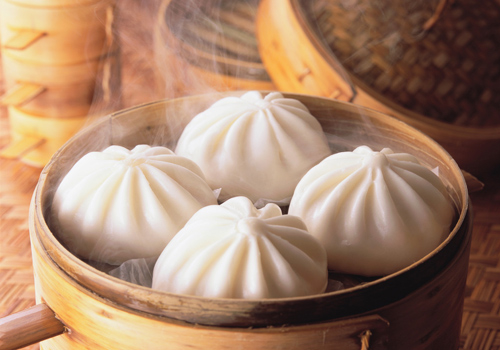
In comparison with western cuisines which employ fresh material without cooking, Chinese cuisines pay more attention to the appetizing color, scent, flavor, shape and utensils. Apart from the food material, cooking ways are more important. For over 8000 years, Chinese chefs have experienced three significant leaps from boil to steam, and to fry, the common essence of which are all the regulate and control between water and fire. To accomplish all the conceptions in a dish, each Chinese chef is a magician who can play the game with water and fire supremely well. Up to now, Chinese is the only nation in the world who masters the skills of both steam and fry.
A Bite of China – the Secret of Kitchen Knife
2012-08-30 | China Food
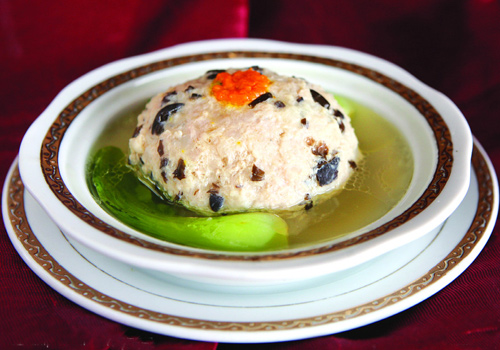
Chinese never consider cooking as a task. They have a great passion for delicate combination of appetite-raising color, aroma and flavor of food. The processing of a delicious dish may involve a range of cooking methods,smart use of ingredients and seasonings, precise control of time and heat, etc. There are so many secrets hidden in kitchen. One of eight major cuisines of China, Huaiyang Cuisine may reveal one secret– the secret of kitchen knife to you.
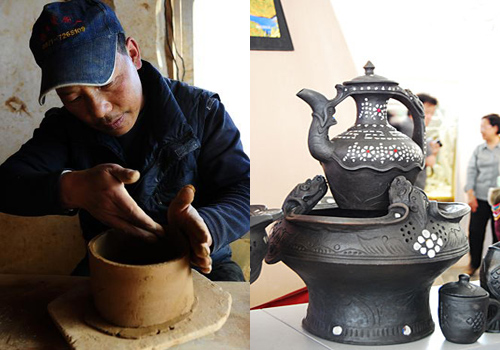
It doesn’t seem possible to make an inarguable classification of cuisines simply in accordance with different regions, nor is it likely to count how many Chinese dishes we have. Sometimes, compared with food materials, things like cooking duration, cooking utensils and cutting skill are even more indispensable to a first-class dish. In the China’s kitchen, there are, indeed, too many secrets and black pottery is just one of them.
A Bite of China- Power of time on sausage
2012-08-09 | China Food
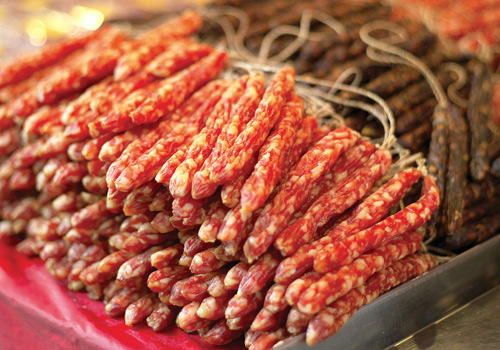
In terms of preserving food, the intelligent Chinese had already invented various ways in the remote ancient; curing, drying, pickling, smoking, and freezing are the most frequently used, which can not only retain the food but also created some entirely different tastes differing from the fresh. Up to this day, though modern hi-technology has been applied in maintaining the fresh flavor of the food material, the special flavors of Chinese food that recreated by the time by means of traditional ways of food-keeping are still obsessing for people as a indispensable part because they are both the tastes of ones hometown and some kind of emotions of the traditional Chinese culture.
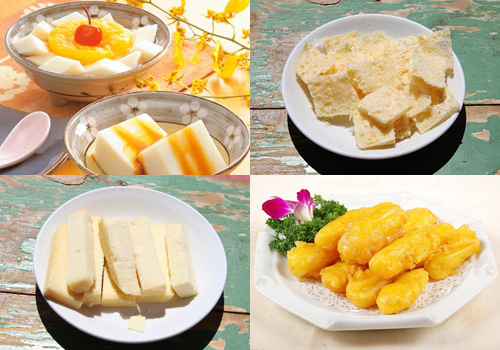
In Chinese food, many a dainty is provided with special full-bodied flavor, which is the positive result of fermentation. To transform a raw material to a delicious taste, the intelligent ancestors of Chinese people had created all possible conditions and attempted continuously with their distinctive understanding of food. In the wide stretches of prairie in North China, a kind of fluid tasty nourishes the strong Mongolian herdsmen- it is the Dried Milk Cake transformed from milk.
A bite of China- Power of Time on Cured Meat
2012-07-19 | China Food
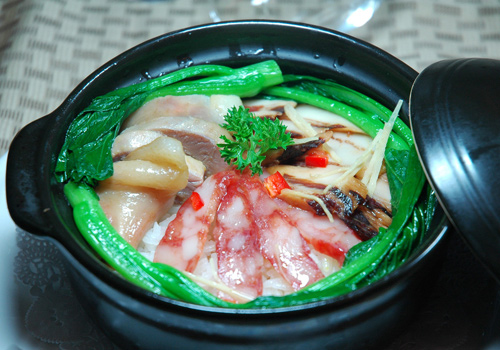
Time, the sworn enemy of food, sometimes is also the friend of food. Although we have obtained diversified ways to preserve food by means of modern technology, such old methods as pickling, air-drying, fumigating and salting had once unexpectedly brought us different and sometimes even unrivalled taste of food, which is the taste of time. Even to these days, those cured food still have a strong impact on peoples daily diet. Here I will talk about two cured meat that is popular in South China especially in Hunan Province bacon and salted fish.
A Bite of China – Power of Time on Kimchi
2012-07-12 | China Food
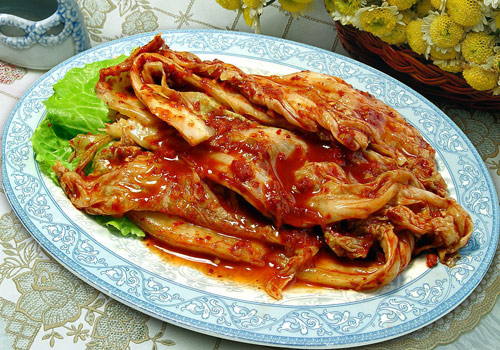
Time is the bosom friend of food; time is the mortal enemy of food. Although we have invented diverse ways to preserve food thanks to science and technology, such old ways as pickling, aeration drying, and bloating can not only keep food fresh, but also lead us to distinct and even more unforgettable flavour than that of fresh food. By far, food made by time twice still has a profound impact on Chinese daily diet. More importantly, it reveals the deep feelings of its people towards their hometown, such as kimchi.
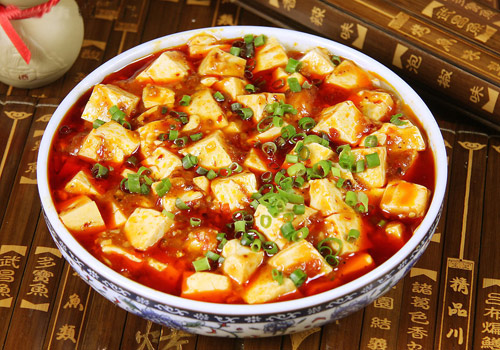
It seems to all eaters that flavour is a top priority. And Chinese people never confine themselves to a flat and monotonous list of food. They are always giving it their best shot at seeking transformation from plant to delicacy. With their own understanding of food in Chinese Cuisines, they create conditions and seize opportunities in the process all the time.




